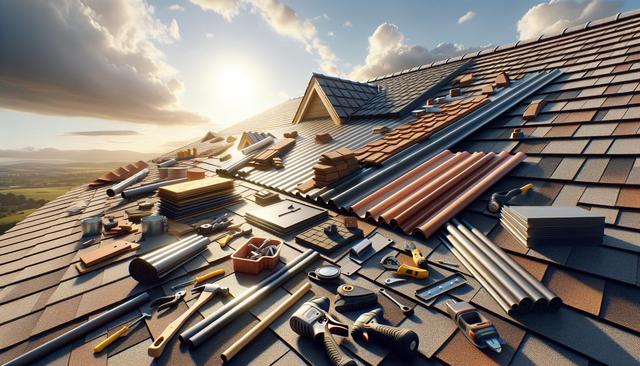Introduction to PU Components
PU components, or polyurethane components, have become a cornerstone in modern construction and design due to their remarkable properties. These materials are celebrated for their versatility, durability, and efficiency in a range of applications. Polyurethane, often referred to simply as PU, is a polymer composed of organic units joined by carbamate links. Its adaptability allows it to be molded into various forms, making it an ideal choice for building components. Whether you’re constructing a new home or updating an existing structure, PU components offer a lightweight yet robust solution that enhances both functionality and aesthetics.
One of the most significant advantages of using PU components is their insulation capability. They provide exceptional thermal and sound insulation, which contributes to energy savings and a quieter indoor environment. Additionally, PU materials are fire-resistant, adding an extra layer of safety to buildings. The lightweight nature of PU components makes them easy to handle and install, reducing labor costs and time.
In the following sections, we will delve deeper into the various aspects of PU components, including their decorative potential and collection options, to provide a comprehensive understanding of their benefits and applications.
The Versatility of PU Materials Decoration Component
PU materials decoration component is a fascinating area where functionality meets creativity. These components are not just about performance; they also play a crucial role in enhancing the visual appeal of spaces. From intricate moldings to decorative panels, PU materials offer endless possibilities for customization and design.
One of the key features of PU materials decoration component is their ability to mimic other materials like wood or stone while maintaining the lightweight and durable nature of polyurethane. This makes them an excellent choice for creating elegant and sophisticated interiors without the associated weight and cost of traditional materials. Architects and designers often choose PU components for their ability to be easily shaped and finished in a variety of textures and colors.
Moreover, PU materials can be used in both residential and commercial settings. They are ideal for creating decorative ceiling elements, wall panels, and even furniture accents. The ease of installation and maintenance further adds to their appeal, making them a preferred choice for projects aiming for both aesthetic and practical excellence.
Exploring PU Material Collection
The PU material collection is a treasure trove for builders and designers looking to incorporate innovative materials into their projects. This collection includes a wide range of PU components tailored for different applications, each offering unique benefits and features.
Within the PU material collection, you can find products designed specifically for insulation, structural support, and decoration. Builders often turn to these collections to find components that meet specific project requirements, whether it’s for thermal efficiency, soundproofing, or aesthetic enhancement. The diversity of the collection ensures that there is a PU solution available for virtually any building challenge.
Furthermore, the PU material collection is continually evolving, with manufacturers investing in research and development to improve the performance and sustainability of these materials. This commitment to innovation means that new products are regularly introduced, offering even more options for those seeking cutting-edge building solutions.
Benefits of Using PU Components in Construction
Using PU components in construction offers numerous advantages that make them a preferred choice for many projects. These benefits stem from the inherent properties of polyurethane and its adaptability to various applications.
Firstly, PU components are known for their excellent insulation properties. They help maintain a consistent indoor temperature, reducing the need for excessive heating or cooling and thus contributing to energy efficiency. This not only lowers utility bills but also reduces the carbon footprint of buildings.
Secondly, the durability and strength of PU components ensure long-lasting performance even under challenging conditions. They are resistant to moisture, chemicals, and physical wear, making them suitable for both indoor and outdoor use. This durability translates to lower maintenance costs over the lifespan of the building.
Additionally, the lightweight nature of PU components simplifies transportation and installation, leading to reduced labor costs and faster project completion times. These factors combined make PU components a cost-effective and sustainable choice for modern construction.
Conclusion: Embracing PU Components for Modern Construction
In conclusion, PU components offer a compelling blend of performance, aesthetics, and sustainability, making them an excellent choice for modern construction projects. Their versatility allows them to be used in a wide range of applications, from insulation and structural support to decorative elements.
The continued innovation in PU materials ensures that they remain at the forefront of building technology, providing solutions that meet the evolving needs of the construction industry. As more builders and designers recognize the benefits of these materials, PU components are likely to become an integral part of future building projects.
By embracing PU components, you can ensure that your construction projects are not only efficient and durable but also visually appealing and environmentally responsible.




Leave a Reply